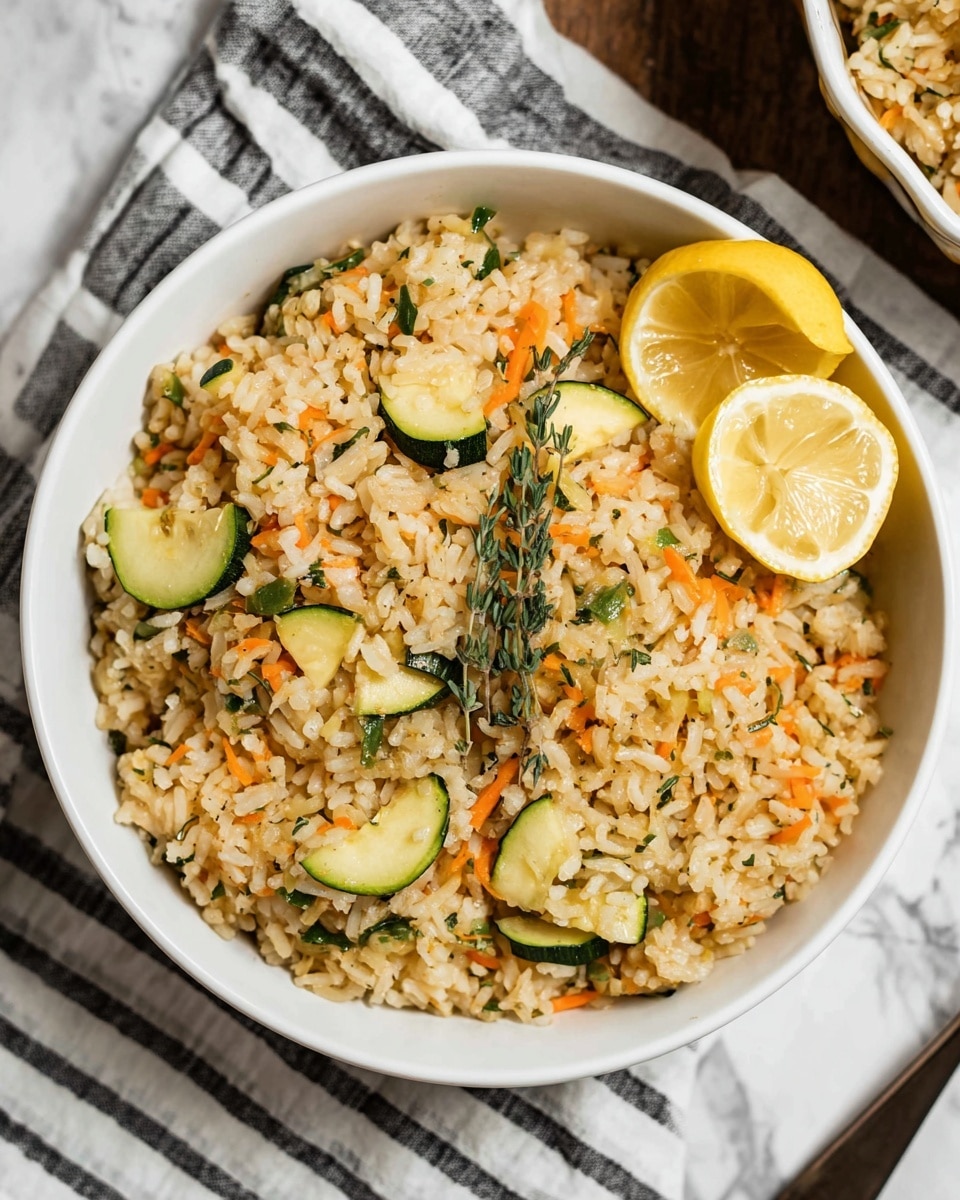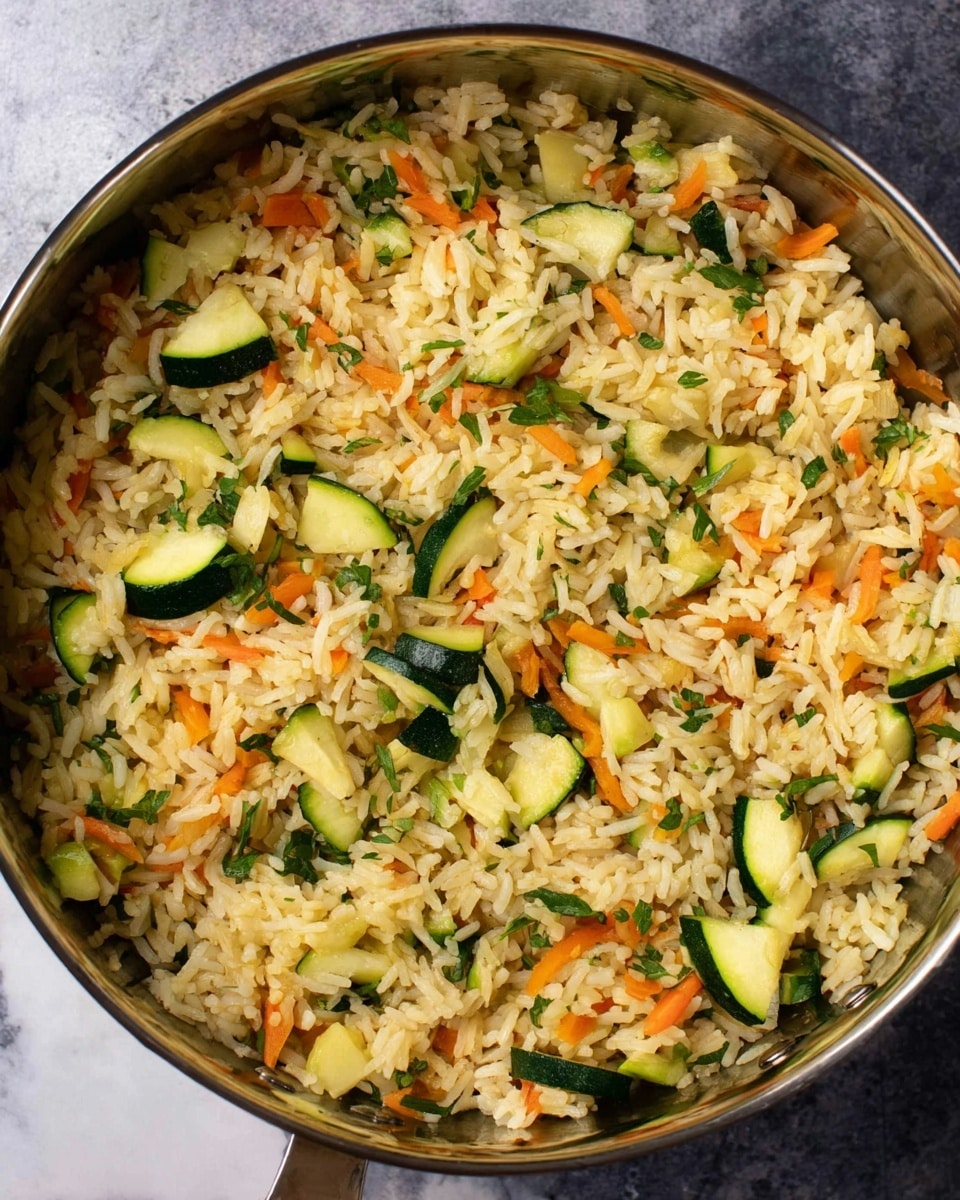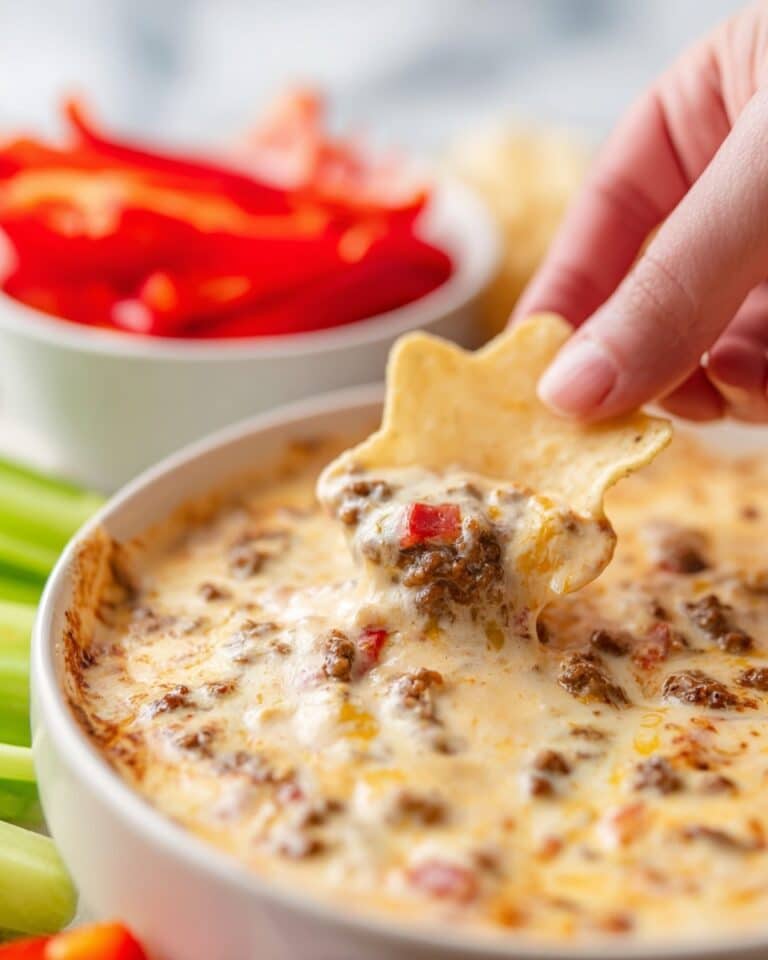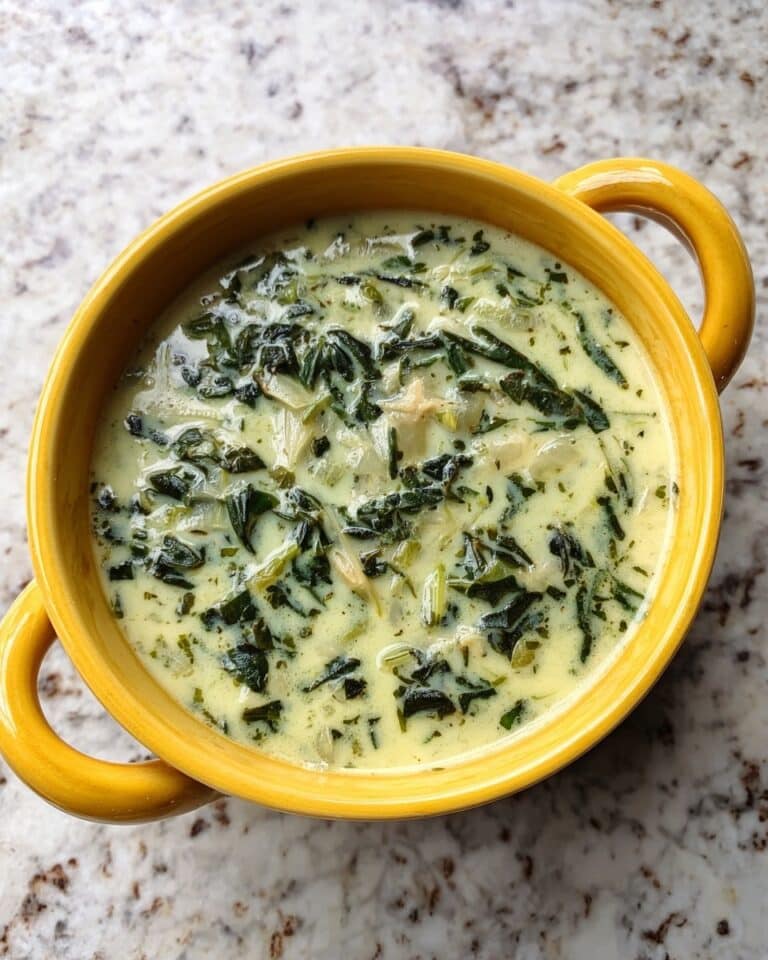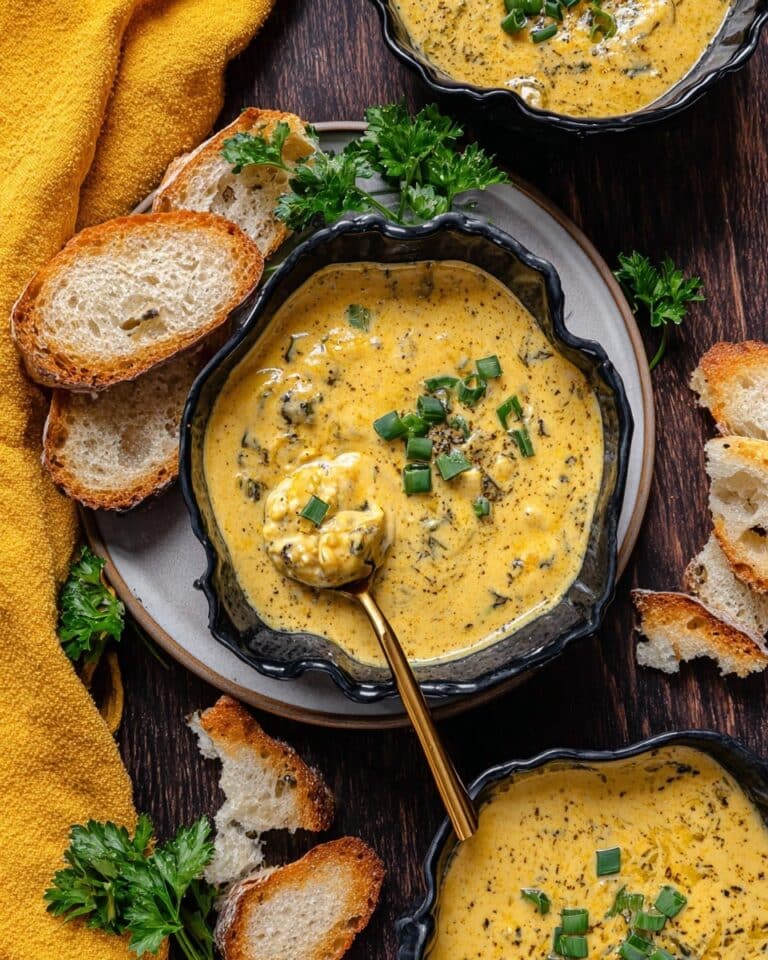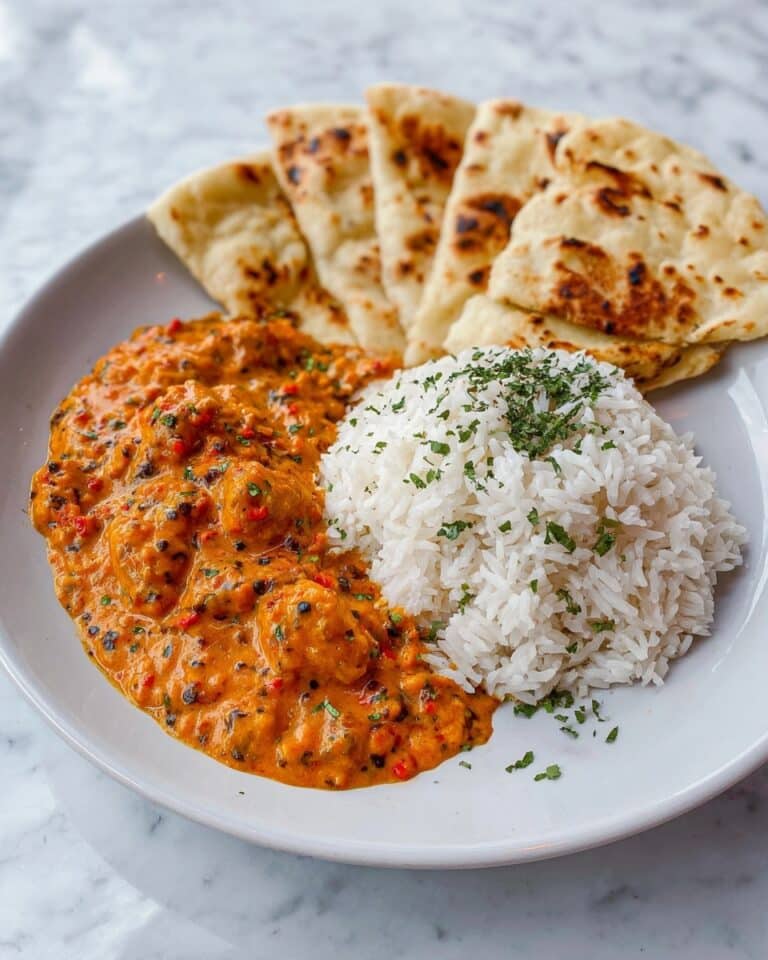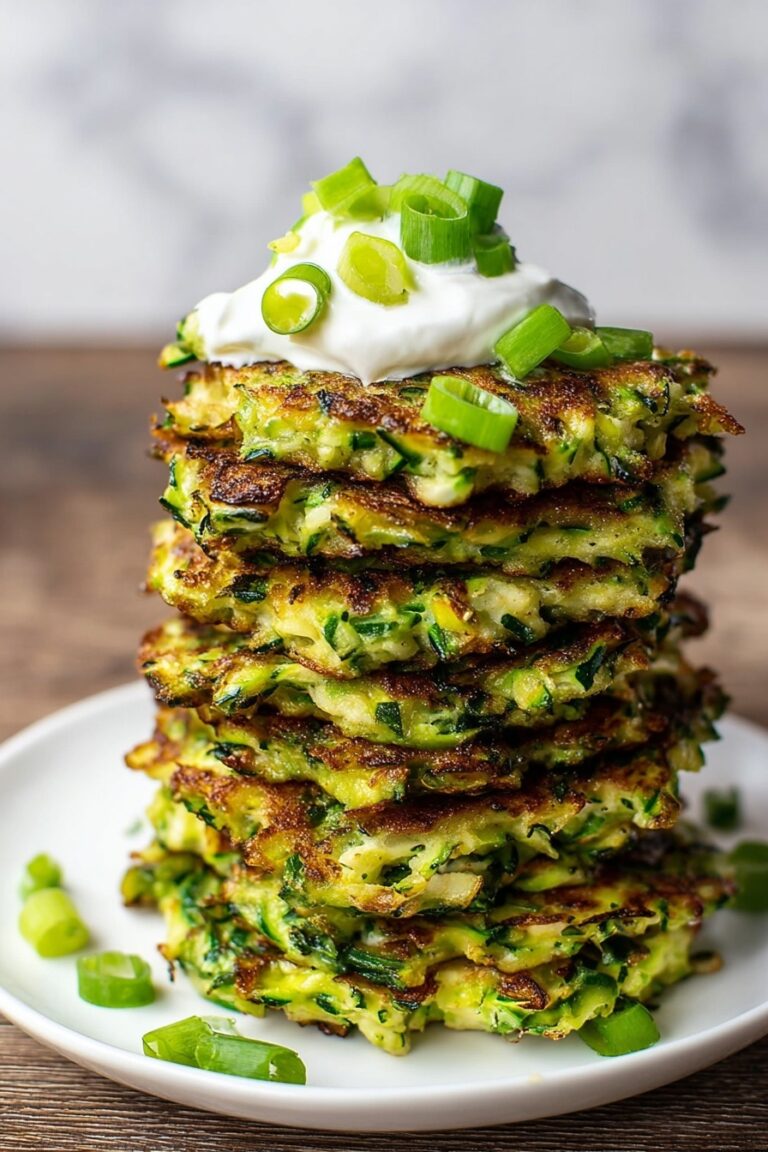Easy Vegetable Rice Pilaf Recipe
If you’re hunting for a simple yet incredibly flavorful side dish, let me introduce you to my all-time favorite Easy Vegetable Rice Pilaf Recipe. This dish is not just your plain rice – it’s a vibrant, herb-infused medley of tender vegetables and fragrant seasonings that’ll have you wondering why you ever settled for boring sides before. Stick around, because I’ll walk you through every step to make sure your pilaf turns out perfectly fluffy and packed with flavor every single time.
Why This Recipe Works
- Flavorful Herb Blend: The fresh (or dried) sage, thyme, and rosemary give this pilaf a warm, earthy depth that lifts every bite.
- Perfectly Toasted Rice: Toasting the rice with garlic and veggies before simmering ensures every grain stays fluffy and flavorful.
- Tender Vegetables: Adding zucchini at the right time keeps it just cooked, adding freshness without turning mushy.
- Bright Finishing Touches: A squeeze of lemon juice and fresh parsley brighten up the dish beautifully, making it taste homemade and wholesome.
Ingredients & Why They Work
Choosing the right ingredients can make or break your Easy Vegetable Rice Pilaf Recipe. Luckily, this combo uses straightforward pantry and fresh staples that blend naturally to create a dish that’s layered with texture and taste. Here’s why each ingredient earns its spot on the list.
- Vegan Butter (or oil): Adds a rich base flavor and helps soften the onions without burning.
- Yellow Onion: The mild sweetness forms the aromatic backbone of the pilaf.
- Salt: Enhances flavors and balances the sweetness of the vegetables.
- White Rice: Short or medium grain works best—rinsing it removes excess starch for fluffier results.
- Garlic: Minced finely to infuse subtle pungency without overpowering.
- Carrots: Shredded for quick cooking and natural sweetness that pairs so well with savory herbs.
- Fresh or Dried Herbs (Sage, Thyme, Rosemary): These add an earthy complexity that elevates the dish from simple to special.
- Hot Broth: Using vegetable or chicken broth deepens the rice’s flavor beyond plain water.
- Zucchini: Added towards the end for a tender, fresh bite and a nice color contrast.
- Fresh Lemon Juice: Gives a bright zing that ties all the flavors together beautifully.
- Fresh Parsley: Chopped and stirred in at the end for a fresh herbal note and pretty garnish.
- Black Pepper: To taste — adds a gentle kick and rounds out the seasoning.
Tweak to Your Taste
One of the best parts of this Easy Vegetable Rice Pilaf Recipe is how easy it is to customize. I love swapping in whatever fresh veggies I have on hand or adjusting the herbs to suit the seasons. Go ahead—make it your own!
- Root Veggie Swap: I’ve tried shredded sweet potatoes instead of carrots, and it adds a lovely sweetness and richer color.
- Herbs: If you don’t have fresh herbs, dried work just as well—for me, it’s all about what’s fresh in my garden or pantry.
- Grain Variations: Feel free to try brown rice or quinoa, just adjust the cooking times and broth quantity accordingly.
- Rice-Free Option: I’ve also made this pilaf with cauliflower rice for a low-carb twist—just cook for less time!
Step-by-Step: How I Make Easy Vegetable Rice Pilaf Recipe
Step 1: Sauté the Onion – The Flavor Base
Start by heating your vegan butter or oil over medium-low heat in a large skillet. Add the finely diced onion and sprinkle with salt to help draw out moisture. Cook gently until the onions turn translucent and soft—about 5 minutes. This slow cooking brings out a natural sweetness that’s crucial for that comforting base flavor.
Step 2: Toast the Rice with Garlic, Carrot & Herbs
Next, toss in the rinsed white rice, minced garlic, shredded carrots, and your herbs (sage, thyme, and rosemary). Stir frequently, letting the rice grains get lightly toasted and coated in aromatic flavors—this takes about 3 minutes. Toasting the rice first helps each grain stay distinct and absorb the broth better later.
Step 3: Add Broth & Simmer gently
Pour in the hot broth and stir everything together. Turn the heat to medium and bring the mixture to a boil, then reduce to low. Cover the skillet with a tight-fitting lid and let it simmer peacefully for 10 minutes—this allows the rice to absorb the broth and flavors evenly.
Step 4: Add Zucchini & Continue Cooking
After 10 minutes, add your quarter-moon zucchini pieces to the skillet. Give everything a gentle mix, cover again, and cook on low for another 5 minutes. This timing keeps the zucchini tender but not mushy—perfect balance for texture.
Step 5: Let It Rest & Finish with Freshness
Remove the skillet from heat but keep it covered for 10 additional minutes—this resting step lets the rice steam perfectly without drying out. Finally, fluff the pilaf with a fork, fold in fresh lemon juice, chopped parsley, and season to taste with salt and black pepper. Voilà—ready to serve!
Pro Tips for Making Easy Vegetable Rice Pilaf Recipe
- Rinsing Rice Thoroughly: I rinse the rice under cold water until the water runs clear to remove excess starch and ensure the grains stay fluffy, not sticky.
- Use Hot Broth: Adding hot broth helps speed up cooking and keeps the rice cooking evenly without cooling down the pan.
- Don’t Peek While Simmering: Lifting the lid releases steam and messes with the cooking process, so trust the timing and keep that lid on!
- Resting Period Is Key: Letting the pilaf rest after cooking allows any residual liquid to absorb and makes fluffing the rice so much easier.
How to Serve Easy Vegetable Rice Pilaf Recipe
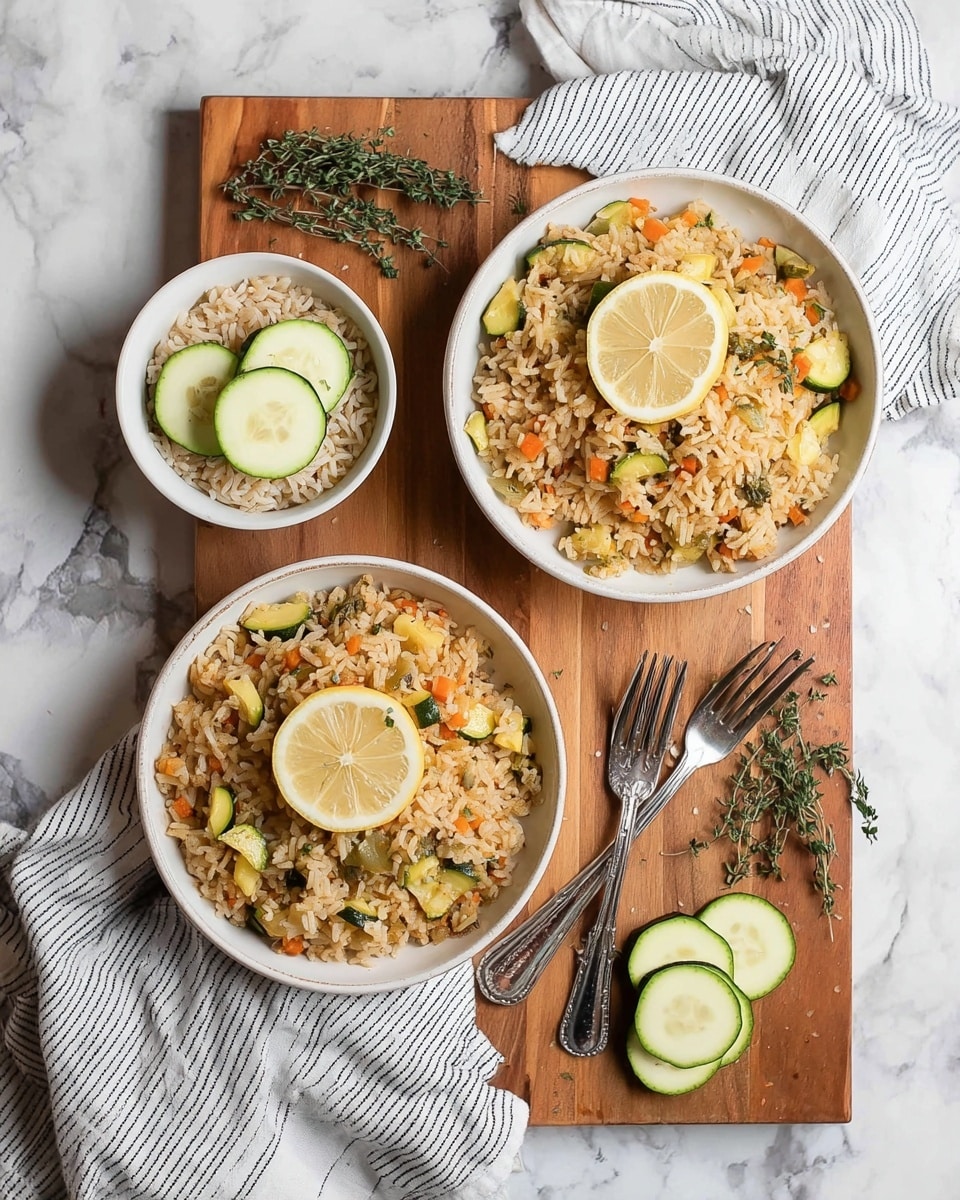
Garnishes
I love finishing off my vegetable rice pilaf with a generous sprinkle of fresh parsley—it adds subtle brightness and color that just makes the dish pop on the plate. Sometimes I’ll add a few toasted pine nuts or slivered almonds for a bit of crunch. A little extra lemon zest on top can also freshen things up beautifully, especially on warm days.
Side Dishes
This pilaf pairs wonderfully with grilled or roasted veggies, baked tofu, or any hearty stew. When I make it for dinner, a simple green salad with a tangy vinaigrette balances the earthy herbs nicely. It’s also fantastic alongside anything with Mediterranean spices or even as a base for a bowl topped with your favorite protein.
Creative Ways to Present
For special occasions, I’ve served this pilaf molded into decorative rings using small bowls or ramekins, then inverted on plates for a neat presentation. Garnishing with edible flowers or microgreens adds an elegant touch. It’s also lovely to serve alongside warm flatbreads and small bowls of olives and hummus for a festive spread.
Make Ahead and Storage
Storing Leftovers
I store leftover pilaf in an airtight container in the fridge, and it usually keeps beautifully for up to 4 days. The grains tend to firm up a bit, so just give it a quick fluff before reheating to revive that perfect texture.
Freezing
If I’m making a big batch, I portion it out into freezer-safe containers and freeze for up to 2 months. When defrosted and reheated gently, the pilaf stays quite tasty—though the fresh herbs might lose a bit of their punch, so I recommend adding a little extra fresh parsley after reheating.
Reheating
I find the best way to reheat leftover rice pilaf is gently on the stovetop with a splash of water or broth to prevent drying out. Cover the pan and warm over low heat, stirring occasionally until heated through. Microwaving works too—just cover loosely and add a little moisture before zapping in short intervals.
FAQs
-
Can I use brown rice in this Easy Vegetable Rice Pilaf Recipe?
Absolutely! Brown rice can be a hearty alternative, but it requires a longer cooking time and slightly more broth. I recommend increasing the simmer time to about 40-45 minutes and adding additional broth if needed. Keep the heat low to avoid burning, and your pilaf will come out just as delicious.
-
What if I don’t have all the fresh herbs?
No worries at all! Dried herbs work wonderfully in this recipe—just use about a third of the quantity compared to fresh, since dried herbs are more concentrated. The flavor will still shine through, and your pilaf will be just as satisfying.
-
Can I make this recipe vegan?
This recipe is naturally vegan-friendly when you use vegan butter or oil and vegetable broth. It’s a great choice whether you’re vegan or simply want a lighter, plant-based side dish.
-
How can I add protein to this pilaf for a full meal?
Great question! You can stir in cooked chickpeas, white beans, or lentils at the end of cooking to boost protein. Alternatively, serve it alongside grilled chicken, fish, or tofu for a perfectly balanced dinner.
-
What vegetables work best if I want to switch it up?
Carrots are classic in this pilaf, but shredded sweet potatoes or parsnips add lovely sweetness and texture. You can also toss in peas, bell peppers, or mushrooms depending on what you love or have on hand. Just adjust cooking times so everything stays tender and flavorful.
Final Thoughts
This Easy Vegetable Rice Pilaf Recipe has been a staple in my kitchen for years because it’s fuss-free, adaptable, and absolutely delicious. Whether you’re cooking for family, meal prepping, or just want a comforting side dish that feels a little fancy, this pilaf delivers every time. I can’t wait for you to make this your new go-to—I promise, once you try it, you’ll understand why I keep coming back to this simple recipe again and again.
Print
Easy Vegetable Rice Pilaf Recipe
- Prep Time: 10 minutes
- Cook Time: 28 minutes
- Total Time: 38 minutes
- Yield: 4 servings
- Category: Side Dish
- Method: Stovetop
- Cuisine: American
- Diet: Vegan
Description
This easy vegetable rice pilaf recipe offers a flavorful, aromatic, and comforting side dish made with white rice, fresh vegetables, and fragrant herbs. Perfect for a quick weeknight meal or a wholesome accompaniment to your favorite main dishes, it uses simple ingredients and straightforward stovetop cooking.
Ingredients
Vegetables and Aromatics
- 1 small yellow onion, finely diced
- 4 cloves garlic, finely minced
- ½ cup carrots, shredded
- 1 large or 2 small zucchini, cut into quarter moons
- 2 tablespoons fresh parsley, chopped
- 2 tablespoons fresh lemon juice
- ½ teaspoon salt (plus more to taste)
- Black pepper, to taste
Dry Ingredients
- 1 cup uncooked white rice, rinsed and drained
- 1½ teaspoon chopped sage (or ½ teaspoon dried)
- 1½ teaspoon chopped thyme (or ½ teaspoon dried)
- 1½ teaspoon chopped rosemary (or ½ teaspoon dried)
Fat and Liquid
- 2 tablespoons vegan butter (or oil)
- 1 ¾ cups hot broth (vegetable or other broth)
Instructions
- Prepare Aromatics: Heat the vegan butter in a large skillet over medium-low heat. Add the diced onion and ½ teaspoon salt. Sauté until the onions are translucent, about 5 minutes.
- Toast Rice and Vegetables: Add the rinsed rice, minced garlic, shredded carrots, and chopped herbs (sage, thyme, rosemary) to the skillet. Stir frequently and cook until the rice is lightly toasted and fragrant, about 3 minutes.
- Add Broth and Simmer: Pour in the hot broth and stir to combine. Increase heat to medium and bring the mixture to a boil. Once boiling, reduce heat to low, cover, and let it simmer gently for 10 minutes.
- Add Zucchini and Continue Cooking: Stir in the quartered zucchini pieces, cover again, and cook on low heat for another 5 minutes until the zucchini is tender and rice is cooked through.
- Let Rest: Remove the skillet from heat and keep it covered. Let the rice pilaf sit and steam for 10 more minutes to absorb the flavors fully.
- Finish and Serve: Uncover and fluff the rice with a fork. Mix in the fresh lemon juice and chopped parsley. Season with additional salt and black pepper to taste. Serve warm, garnished with extra parsley if desired.
Notes
- You can substitute shredded sweet or white potatoes for the carrots to introduce a different flavor and texture to the pilaf.
- Nutrition information does not account for added salt and black pepper used for seasoning.
- Use vegetable broth to keep this recipe vegan and enhance the flavor.
- Rinsing the rice before cooking removes excess starch and prevents clumping.
- Cooking time and liquid ratio are designed for stovetop simmering of white rice; adjust if using other rice varieties.
Nutrition
- Serving Size: 1 cup
- Calories: 180 kcal
- Sugar: 2 g
- Sodium: 400 mg
- Fat: 5 g
- Saturated Fat: 1 g
- Unsaturated Fat: 3 g
- Trans Fat: 0 g
- Carbohydrates: 30 g
- Fiber: 2 g
- Protein: 4 g
- Cholesterol: 0 mg

